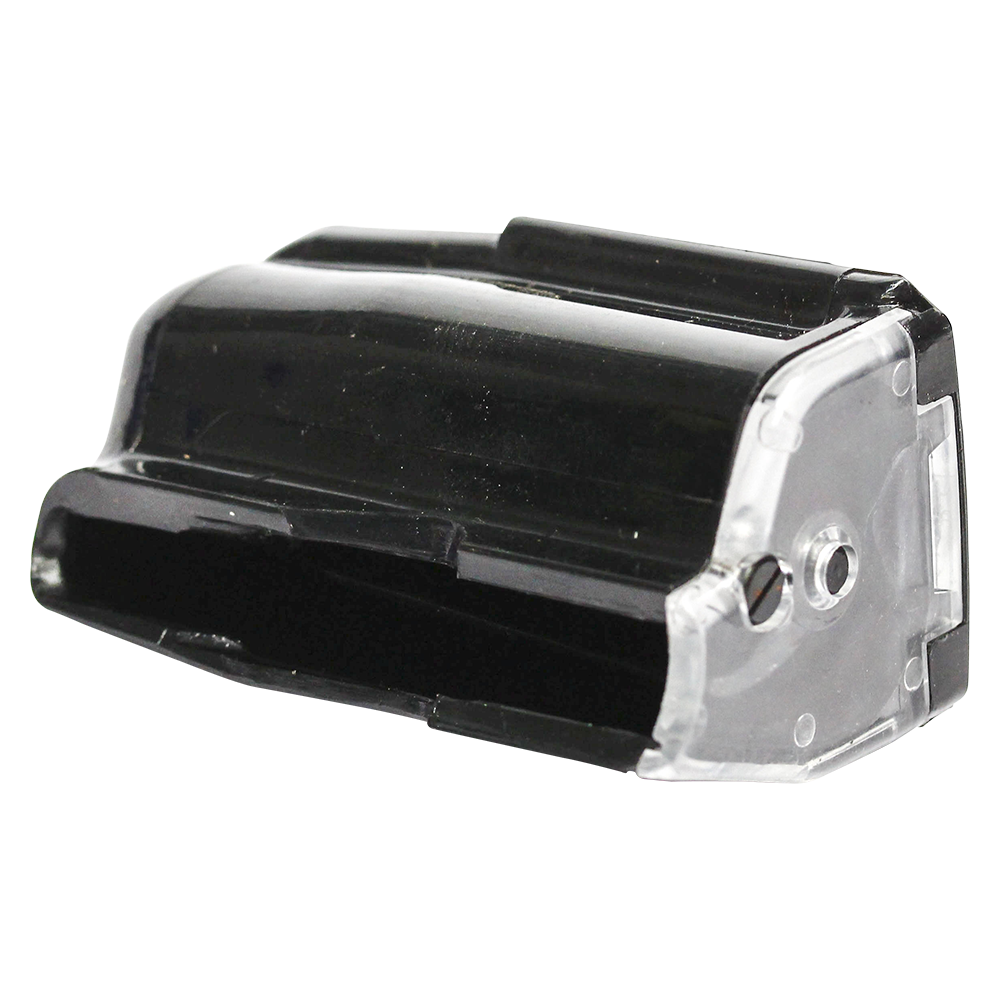


Greece was almost continuously in state of war between the years 1904–19–1948. The Mannlicher–Schönauer rifle was the main small arm for the Greek military for some of the most active years of its modern history. This contract was part of a major modernisation plan as until then the Greeks were using single-shot, black powder Gras rifles made by the Steyr factory and this may explain how Mannlicher won the order. The Mannlicher–Schönauer M1903, though it fulfilled the specifications of the Greek Army and the first major contract was signed by the Greek Government in 1903. Other foreign Mannlicher clients opted for versions of the issue rifle of Austria-Hungary, the M1895, or simpler turn-bolt rifles like the M1893 or the Dutch M1895. The unusual design calibre, cost and the fact that no major power adopted it, contributed to its lack of sales. The military Mannlicher–Schönauer was not a commercial success, as it did not attract many contracts for export. The 1903 Mannlicher–Schönauer had iron sights similar to those of the Mannlicher M1895, graduated up to 2000m The rifle was manufactured to a high standard and was made with tight tolerances, raising costs but improving reliability and durability. The 6.5×54mm MS cartridge had traits of a hunting round, even though it had a projectile with a rounded point, it was ballistically efficient, improving accuracy at moderate ranges. The weight was around 3.75 kg, the magazine capacity was five rounds and was fed by stripper clips, or single rounds. The Greek Army requested two main versions, one long rifle of 1230 mm (total length of the rifle) and a carbine of 950 mm length for use by cavalry and non-infantry troops, both termed Model 1903. While small sporting outlets, such as William Evans of London, purchased actions for their rifles, only the Greek Army expressed interest in the design for military use and their specifications may have dictated some of the rifle's characteristics. The original design, introduced at the World Fair as the Model 1900, allowed the development of either service or sport versions depending on market response. The characteristic that sets the design apart is the Schönauer rotating spool magazine. The Mannlicher–Schönauer may be identified by the split in the rear of the receiver which allows the bolt handle to pass through and doubles as an emergency locking lug when closed, in case of a failure to the primary locking lugs. While the more famous Mannlicher M1895 used the less common straight-pull bolt, the Mannlicher–Schönauer had a conventional turn-bolt, more reminiscent of the Gewehr 88 and other typical military bolt-action rifles such as the Mauser, due to the similar bolt and handguard. The rifle action was designed by Ferdinand Mannlicher and the rotary magazine by his protégé Otto Schönauer of the Österreichische Waffenfabriksgesellschaft (Austrian Arms-Manufacturing Company now Steyr Mannlicher). Sketch showing the magazine system of the Mannlicher–Schönauer The Mannlicher–Schönauer (sometimes Anglicized as " Mannlicher Schoenauer", Hellenized as Τυφέκιον/Όπλον Μάνλιχερ, Óplon/Tyfékion Mannlicher) is a rotary-magazine bolt-action rifle produced by Steyr Mannlicher for the Greek Army in 1903 and later used in small numbers by the Austro-Hungarian Army Post-war it was sold for civilian use. 6.5×54mm Mannlicher–Schönauer (military and Model 1903)ĩ.5×57mm Mannlicher–Schönauer (Model 1910)


 0 kommentar(er)
0 kommentar(er)
